Art World
No Gallery? No Problem: 9 Millennial Art Strategies That Are Shaping the Future of Contemporary Art
Self-promotion shouldn't be a dirty word. Here's how millennial artists are using it to find success outside of the gallery system.
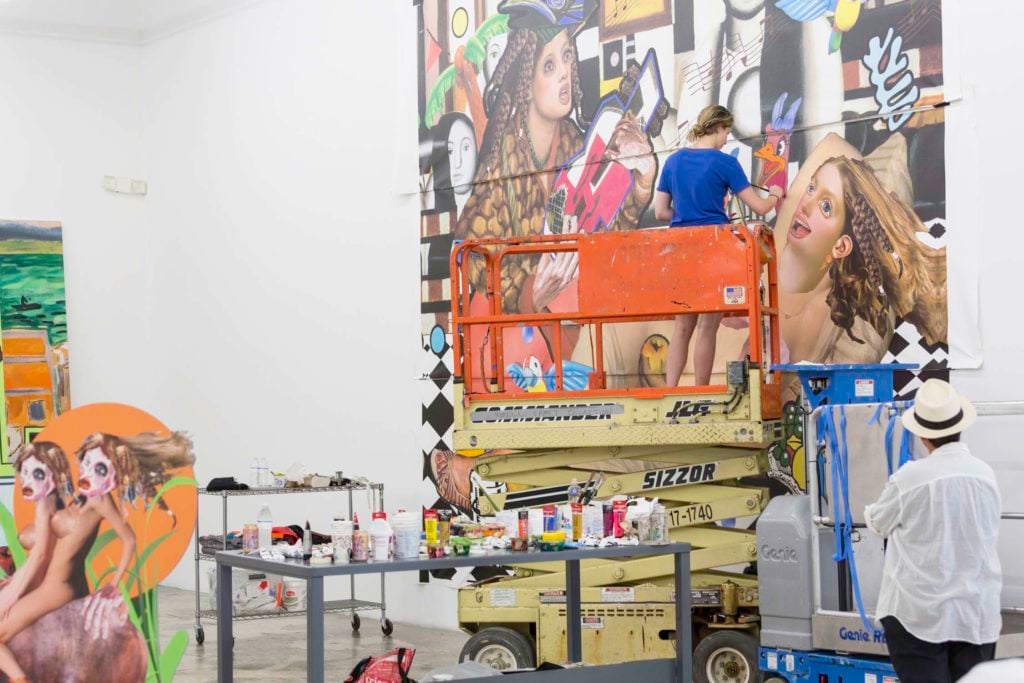
Self-promotion shouldn't be a dirty word. Here's how millennial artists are using it to find success outside of the gallery system.

Artnet News

As little as 15 years ago, the only avenue emerging artists had to get their work out into the world was to be “discovered” by an art dealer, who, after testing the market by including their work in a few group shows, would add them to the roster and then take on the role of agent, broker, gatekeeper, and PR rep.
In 2018, this route still exists. But as mid-tier galleries struggle to keep their doors open—and the sheer number of art-school graduates rises ever higher—the success rate has become smaller and smaller.
Sounds terrible, right? It’s not, really. Because artists have a trick up their paint-splattered sleeves, and it’s rooted in the very nature of creativity: They can be, and always have been, inventive not only in the studio, but also in getting their work out of the studio. Today, the internet offers a virtually infinite number of potential viewers and supporters.
If you’re a millennial, you already know this. Millennials are the first generation to grow up with the internet, and we’re known for quickly adopting new technologies and finding innovative ways of using them. (We’re also known for “killing” longstanding institutions including marriage, the oil industry, and even the fast-food chain Buffalo Wild Wings.)
If you, dear reader, are one of the many people who blame millennials for just about everything wrong with the world, you are going to hate this article. But just remember that many innovators—including Andy Warhol—were the subject of scorn before they became the subject of celebration.
Below, we outline 10 millennial strategies that enable artists to take their careers into their own hands. They ask us to question our assumptions about how artists should behave and challenge the sentiment that vanity is shameful and self-promotion is narcissistic. They also ask us to rethink how we define “success” in a market designed to keep artistic production scarce.
Use this as a guide for finding an audience and building a community—with or without the help of traditional institutions. Because if millennials are stuck being blamed for “killing” beloved institutions, they should also be celebrated for killing stodgy, outdated ones, too.
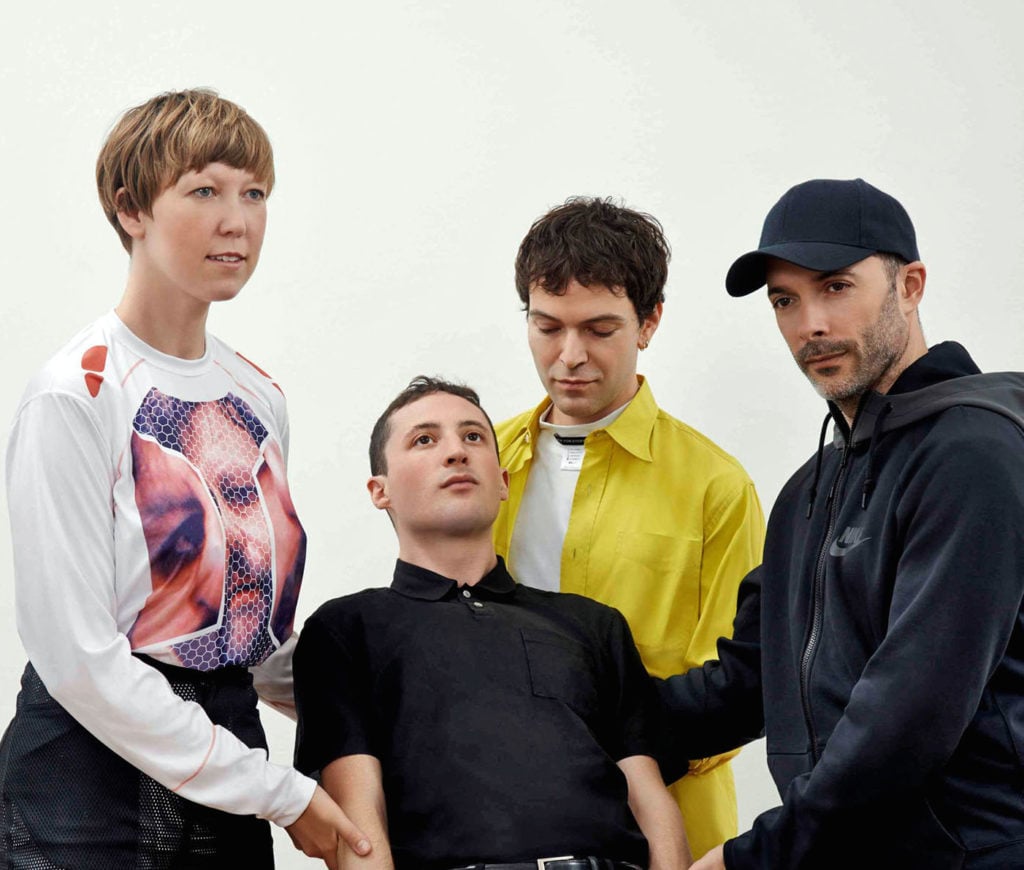
DIS Collective: Lauren Boyle, Solomon Chase, David Toro, and Marco Roso. Courtesy of the Berlin Biennial.
Have art crushes on artists that you don’t know personally? Do what any normal person would do—stalk them on social media and convince them to become your friend. Seriously: Finding your community is crucial, and direct messaging the people who inspire you is a solid first step. Sure, the art market is competitive, but the fact that artists support other artists is one of the most beautiful and important aspects of the art world. Need an example? DIS, a collective of four artists (Lauren Boyle, Solomon Chase, Marco Roso, and David Toro) found strength in numbers. They started a subversive online magazine and enlisted the help of a rotating cast of designers, stylists, writers, musicians, and artists to make not only a wildly influential “artwork,” but also a community of people who benefited from the support and visibility of one another. Rather than isolating themselves, DIS came together, found their people, and made things happen. They’ve now shown their work in prestigious venues including New Museum triennial, the Museum of Modern Art in New York, and the Musée d’Art Moderne de la Ville de Paris.
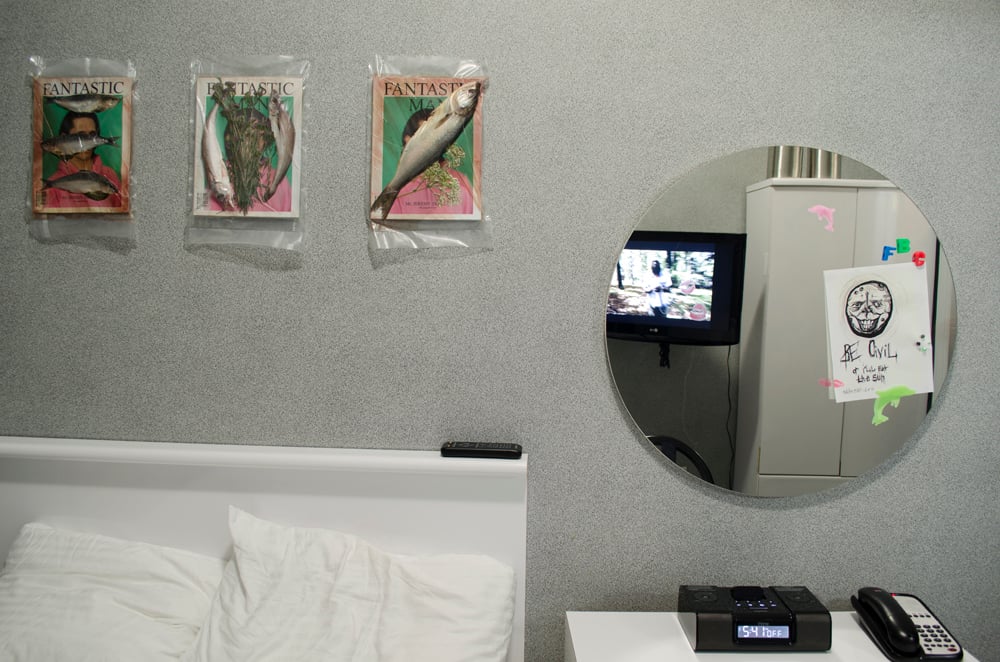
Installation from Chino Amobi, Isaac Pool, and Brad Troemel’s “Cultural Affair” at the Cosmopolitan Hotel, NYC. Courtesy of the artists and Hotel Art Pavilion.
Whether you’re an aspiring artist or aspiring curator, organizing exhibitions is an easy way to build relationships, gain visibility, and contribute to your community. Here’s the good news: You don’t actually need to have a brick-and-mortar gallery to show art. For better or worse, the internet is how most people see art today anyway. So why not just pretend like you have a gallery, take some pictures of art, and put it online? That’s exactly what Hotel Art Pavilion did in 2012 when it launched an online-only exhibition platform. The founders rented hotel rooms (remember those pre-Airbnb things?) to temporarily install exhibitions just long enough to stage photo shoots. No monthly rent, no insurance—nothing but a slightly higher-than-expected mini-bar tab. (Last year, the platform traded in their hotel-room key cards for a padlock—they now have a shed in a Brooklyn backyard they use to host exhibitions and hold openings.) Just remember: Pics or it didn’t happen.

Bebi, featuring Quintessa Matranga, Leon Sadler, Yannick Val Gesto, and Last Renaissance.
Even if you’re too lazy to leave your apartment, you still have no excuse for not organizing art shows. You really don’t need space at all, or even a camera, to put exhibitions online. Take Bebi, Garden Ceremony, or New Scenario—all artist-run exhibition projects that were completely computer-generated. Bebi, produced by Belgian artist Yannick Val Gesto, is so realistically rendered that you would never know it wasn’t actually a white-cube gallery space. “Serenade,” an online exhibition organized by the Garden Ceremony (Filippo De Marchi and Giovanni Riggio) takes the form of a video. In it, art objects populate a computer-generated room and a soundtrack and subtitles create a dynamic viewing experience. New Scenario, programmed by Paul Barsch and Tilman Hornig, is another “dynamic platform for conceptual, time-based and performative exhibition formats.” TL;DR: Get a URL, host an exhibition.
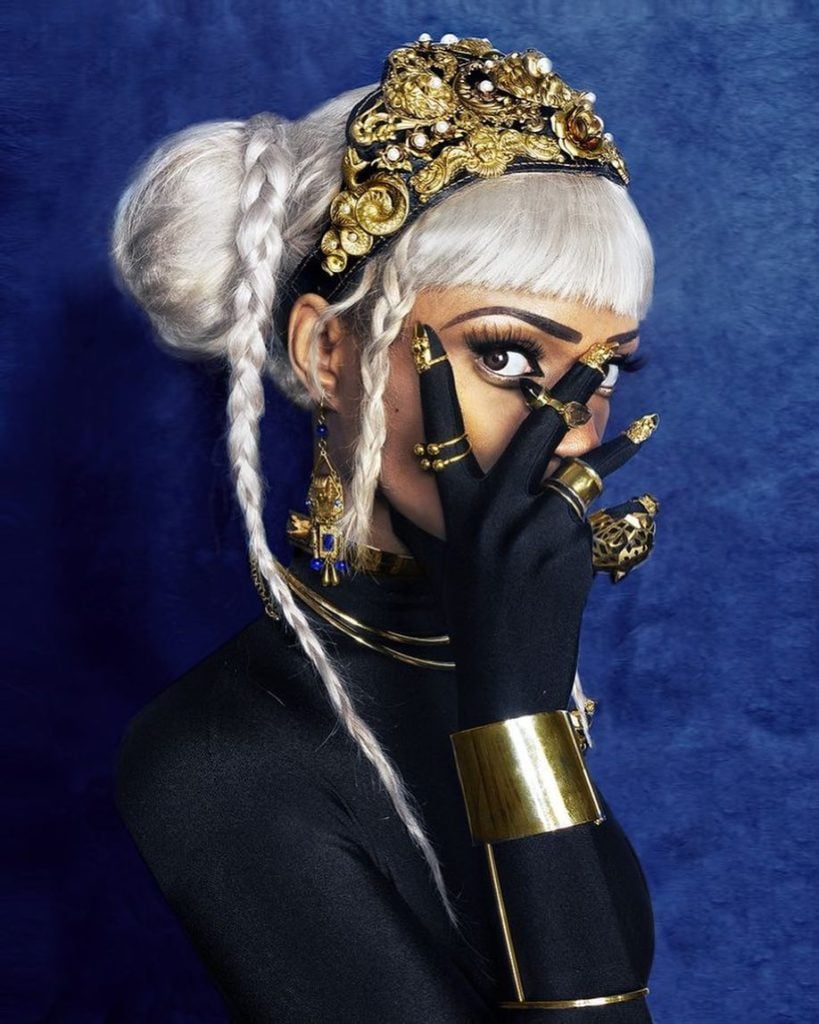
Lina Iris Viktor, self-portrait. Image via Instagram, @linairisviktor.
An artist needs an audience. But chances are, you already have one—on social media. Use your followers as your focus group. Data shows, for example, that photos with people in them are more engaging than photos without (which explains why those always get more likes). So why not post pictures of you with your art? London-born artist Lina Iris Viktor, for example, has become widely known for her futuristic, latticed, gilded self-portraits. (She is now represented by Mariane Ibrahim.) But on Instagram, she has garnered 62,600 followers for her account offering shots of her work; peeks into her studio; snapshots of herself alongside her own work and other inspirations.
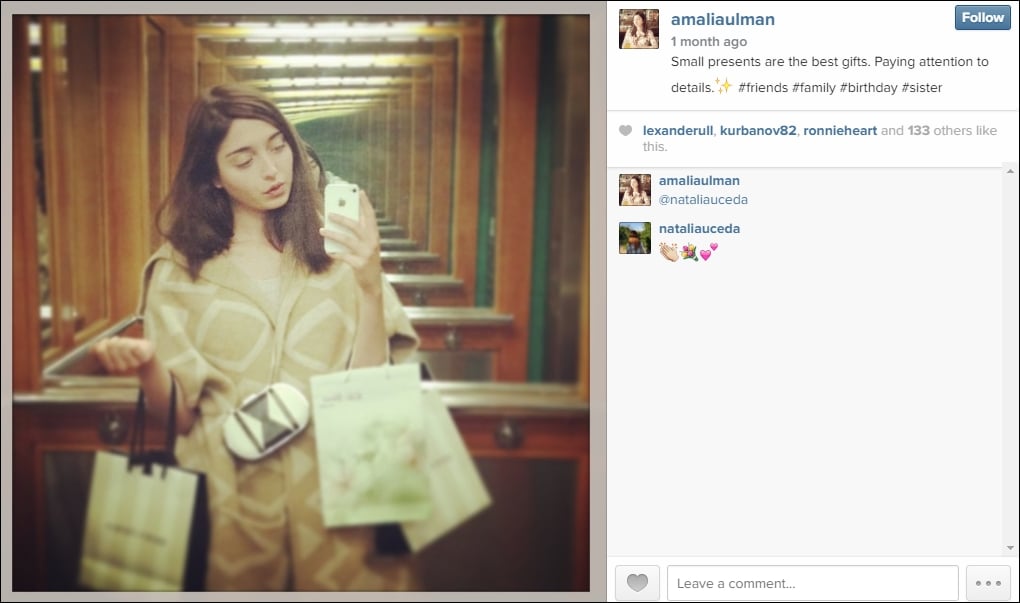
Screenshot of “Amalia Ulman: Excellences & Perfections” courtesy of the New Museum.
Whether you consider yourself a performance artist or not, we’re all “performing” ourselves online. You can project yourself however you want in the digital universe—even if it means bending the truth. Argentinian-born, Los Angeles-based artist Amalia Ulman received widespread recognition for her Excellences & Perfections performance, where she used her Instagram account as a stage to enact the persona of a basic naïf, then an office drone, and, finally, a pregnant woman. When she began posting filtered photos of herself as a blond (she’s normally brunette), many of Ulman’s followers became confused or even annoyed. But others, like Tate Modern curator Fiontán Moran, who included Ulman’s Instagram photos in an exhibition at the museum, saw her performance for what it was—an exploration of how identity and authenticity can be crafted and manipulated on social media, and how this shapes societal expectations of women. “I had been this cliché of an arty girl, which is so fetishized by certain people,” Ulman told Elle magazine. “So I thought, What if I transform myself into something that is not allowed in the art world?”
Though Amalia Ulman certainly garnered many of her Instagram followers the old-fashioned way, the majority were bought—and not by her. As an art project, artist Constant Dullaart bought 2.5 million Instagram followers and distributed them to a handful of carefully selected art-world personalities (mostly his friends) as a means of illustrating the close relationship between audience and commodity—and maybe also as a cute practical joke. (It took a couple of days before those who received the fake followers realized that they weren’t all of a sudden super popular.)
Everyone loves memes! So why not spice up your Instagram with some art-centric ones? Artist Brad Troemel’s account posts something like 150 original memes per month, which mostly poke fun at the art world. It’s an art project that is financed not through traditional sales, but through crowdfunding: Troemel asks his supporters to pay $5 a month on Patreon for access to additional meme content, plus entry into a lottery where one lucky winner per month gets an original Troemel artwork. It’s not uncommon for artists and meme-makers to put their Paypal account info in their Instagram bios as a subtle cue to remind us that user-uploaded content is a commodity, and the producers are not being paid for it.
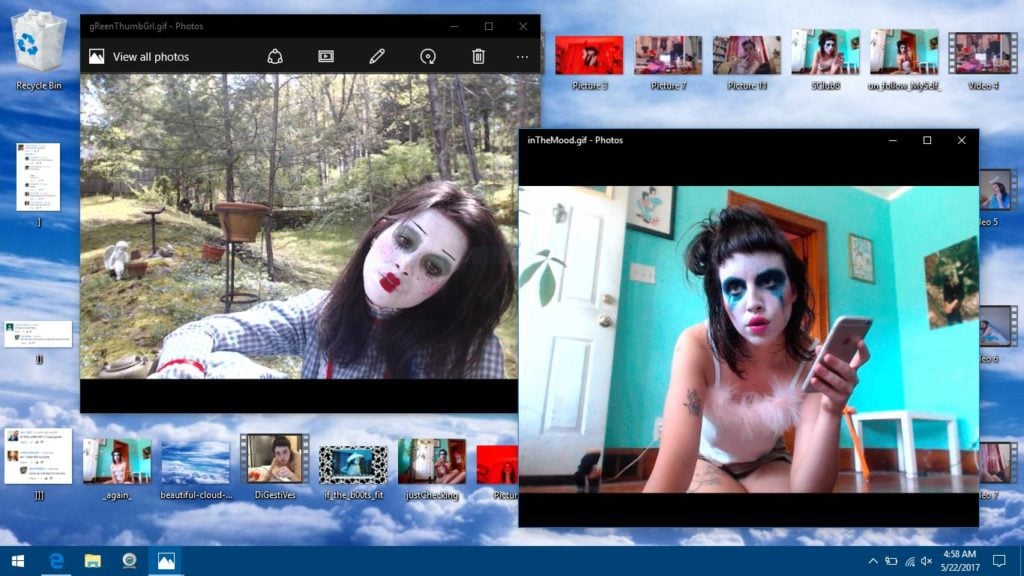
Molly Soda’s official Facebook page. Courtesy of Molly Soda.
…Which leads us to our next tip. If lack of dough is holding you back from realizing your most ambitious projects, consider hustling that big network of friends and followers you’ve accumulated since you started reading this article. Crowdfunding sites like Indiegogo and Kickstarter host lots of artists looking for help funding their projects. Kickstarter even recently launched a new art-centered site called Drip that facilitates a steady revenue stream, rather than raising one lump sum. One artist taking advantage of these platforms is Brooklyn-based artist and internet celeb Molly Soda, who began getting attention as a teenage Tumblr blogger in the late 2000s. (Fun fact: Soda also occasionally performed as a backup dancer for Grimes.) She was one of the initial instigators of the Tumblr subculture Seapunk and helped define its tween kitsch aesthetic through new media works, like the YouTube series Tween Dreams that follows the exploits a group of preteen suburban girlfriends (all played by Soda). But while making compelling artworks online is certainly a great way to garner a large and dedicated following, it’s not exactly the road to riches. So it makes perfect sense that Soda would make an account on Drip to ask her followers for financial support in exchange for her content. She posts exclusive GIF and video content, as well as screenshots, images, and texts for subscribers who pay at least $5 a month.
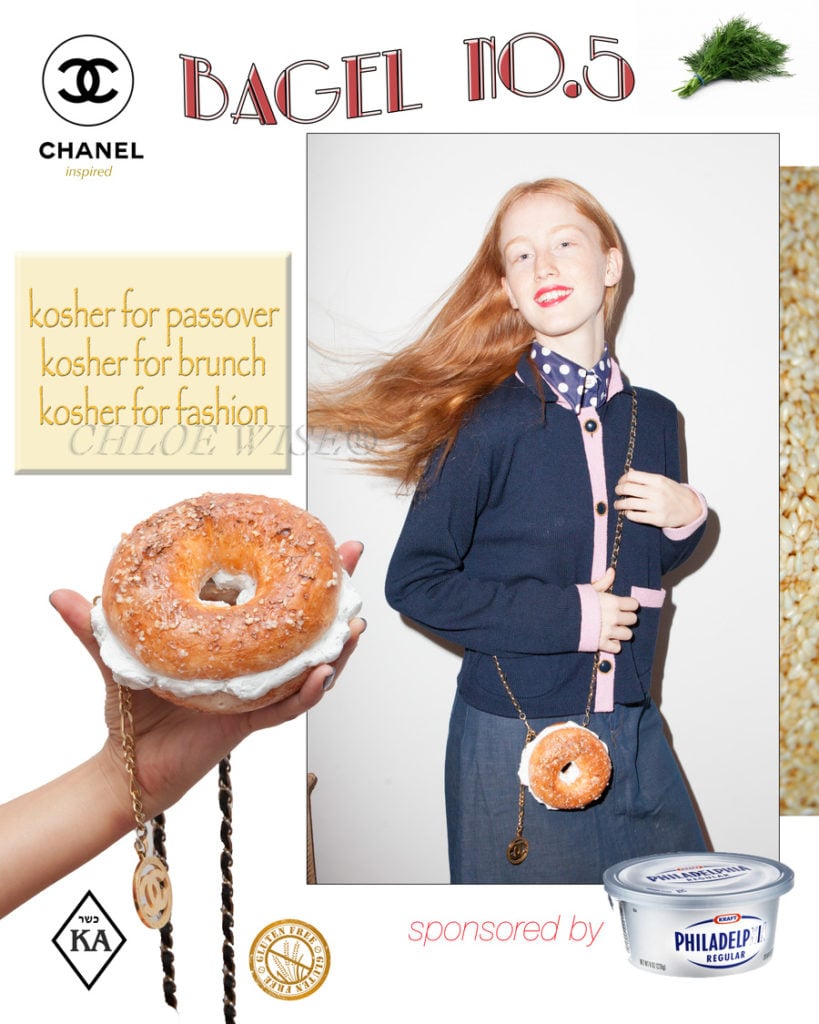
Chloe Wise, Bagel No. 5 (Campaign). Courtesy © Chloe Wise.
Brands from Fashion Nova, the fastest-growing women’s fashion company, to the meal-kit provider HelloFresh have benefited greatly from celebrity promotion on social media. As it turns out, the technique can work for artists, too. In 2014, indie actress India Menuez wore her friend’s sculpture—a bagel and cream cheese with a handle and Chanel chain—as a purse to a Chanel No. 5 dinner in New York City, and the media was all over it. The artist behind the piece was Chloe Wise, and that year, her career took off. Now she’s represented by Almine Rech Gallery in New York, Galerie Sébastien Bertrand in Geneva, and Division Gallery in Toronto. Not that the cute bagel incident had everything to do with the artist’s success. But it definitely didn’t hurt.